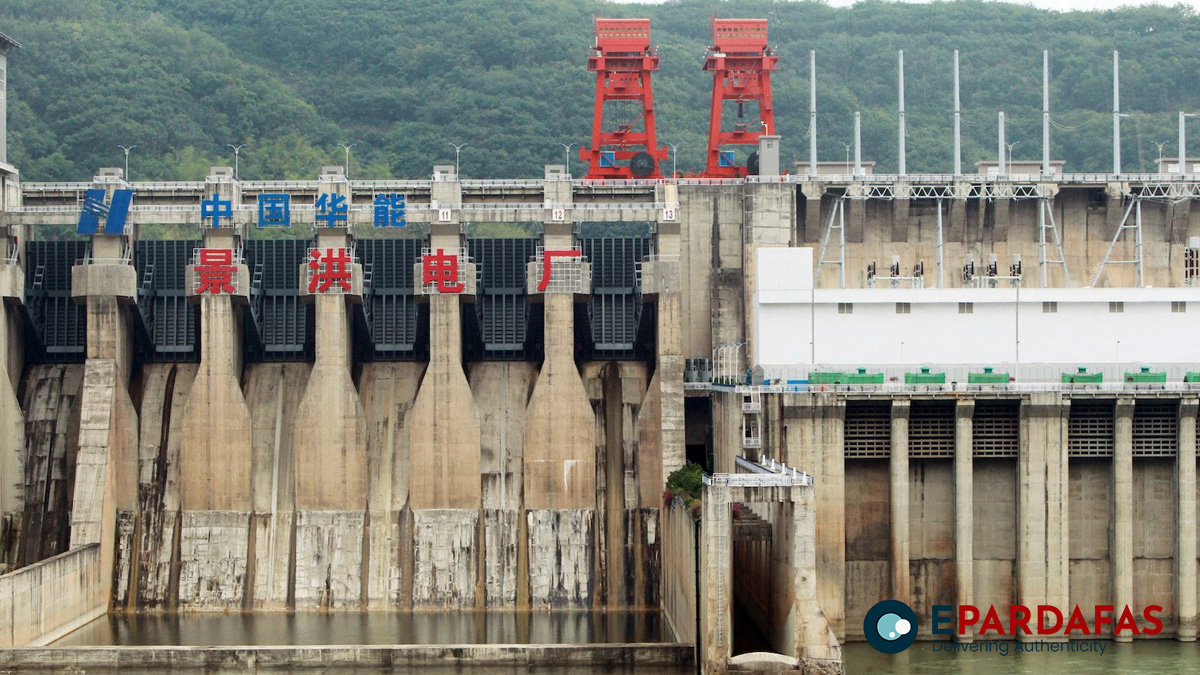
CCP’s Expansive Dams Wield Power Over Mekong River and Southeast Asia, Experts Warn
In a concerning revelation, a series of colossal Chinese hydropower dams situated in the upper reaches of the Mekong River have exacerbated severe drought conditions downstream this summer. Experts assert that these dams, controlled by the Chinese Communist Party (CCP), are not only altering the river’s ecology but are also being wielded as strategic tools to further the CCP’s interests in Southeast Asia.
Originating from the Tibetan Plateau, the Mekong River stretches approximately 2,900 miles, with its upper course known as the Lancang River. It traverses through China, Myanmar, Laos, Thailand, Cambodia, and Vietnam, serving as a lifeline for millions of people.
The dams, primarily employed for hydropower production, manipulate the river’s water flow by storing and releasing water. This unnatural manipulation disrupts fish migration, agricultural activities, and transportation downstream, impacting the livelihoods of many.
Brian Eyler, a senior researcher at the Stimson Center, highlights that China’s practice of extracting water during wet seasons and releasing it during dry seasons exacerbates drought conditions. Eyler co-leads the Mekong Dam Monitor (MDM) project, which employs remote sensing and satellite imagery to assess the impact of upstream dams on the Mekong communities.
One of the most pressing concerns is the blockade of sediment carried by the Lancang River, resulting in ecological degradation downstream. Nutrient-rich sediments deposited during the rainy season have played a vital role in the Mekong River Basin’s biodiversity and rice production. However, these dams impede sediment flow, leading to salinization in the Mekong Delta and damaging rice yields in Thailand and Vietnam.
The CCP’s control over these dams has raised geopolitical concerns. Wang Weiluo, a Chinese-German hydrologist, reveals that the CCP’s strategic influence extends beyond the Mekong Basin, affecting Southeast Asia’s political landscape. The CCP has exploited its control over upstream dams to establish bilateral agreements and initiatives, such as the Lancang-Mekong Cooperation, to expand its regional sway.
Despite concerns raised by downstream countries about declining water levels and drought conditions, China has not provided adequate hydrological data or transparent communication about the dams’ operations. This lack of transparency has led to harmful consequences for downstream nations.
China’s reluctance to adhere to international conventions on water management, as well as its use of dams as political leverage, has heightened tensions with its neighbors. Critics argue that the CCP’s disregard for cooperation in managing shared water resources underscores its assertive approach to regional influence.
The construction and manipulation of these massive dams underscore the broader challenges posed by the CCP’s pursuit of power and influence in the region. As downstream nations grapple with the ecological and economic ramifications, the intricate dynamics of the Mekong River continue to shape the geopolitical landscape of Southeast Asia.
(Contribution Fron International News Outlet)














Comments